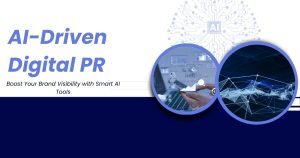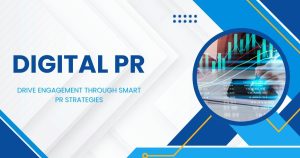Digital PR: The Game-Changer Your Marketing Strategy Needs
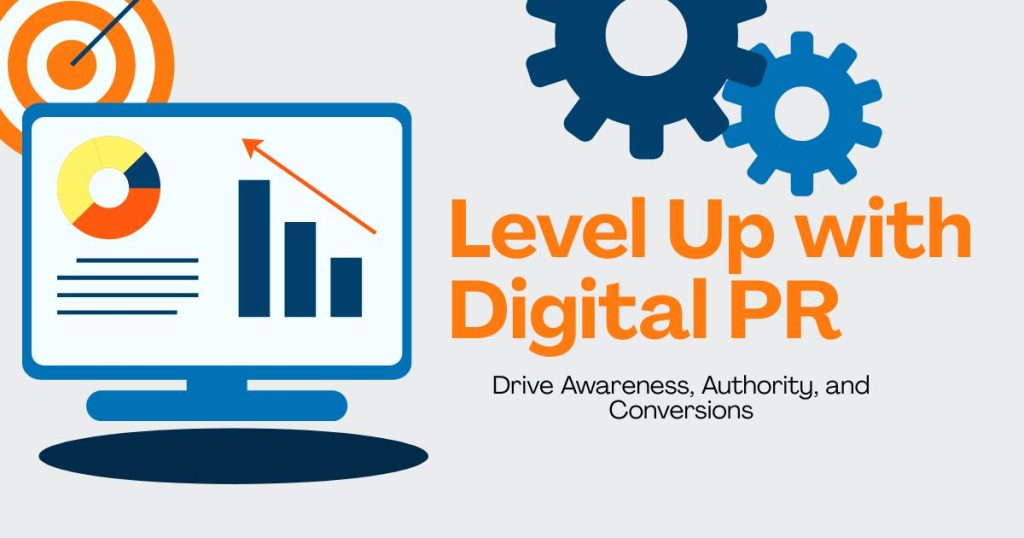
Traditional press releases and media outreach have evolved into something far more dynamic and measurable. Digital PR represents a fundamental shift in how brands build authority, earn trust, and drive business growth through strategic online relationship building.
Unlike conventional PR methods that relied heavily on print media and broadcast coverage, digital PR leverages the interconnected nature of online platforms to create lasting impact. This approach combines the credibility-building aspects of traditional public relations with the precision and analytics of digital marketing.
The beauty of digital PR lies in its dual purpose: while building brand reputation and thought leadership, it simultaneously strengthens your website’s search engine performance through high-quality backlinks and increased online visibility. This convergence makes digital PR an essential component of modern marketing strategies.
What Makes Digital PR Different from Traditional PR
Digital PR operates across multiple online channels simultaneously, creating a web of interconnected brand mentions and links that traditional PR simply cannot achieve. Where traditional PR might secure a single newspaper article, digital PR campaigns can generate coverage across industry blogs, podcasts, social media platforms, and online publications.
The measurement capabilities set digital PR apart dramatically. Traditional PR success was often gauged by circulation numbers or estimated reach—metrics that provided little insight into actual business impact. Digital PR offers concrete data: website traffic increases, keyword ranking improvements, conversion rates, and direct lead generation.
Speed and agility define another key difference. Digital PR campaigns can launch within days rather than weeks, and results become visible almost immediately. This rapid deployment allows brands to capitalize on trending topics, respond to industry developments, or support product launches with unprecedented timing.
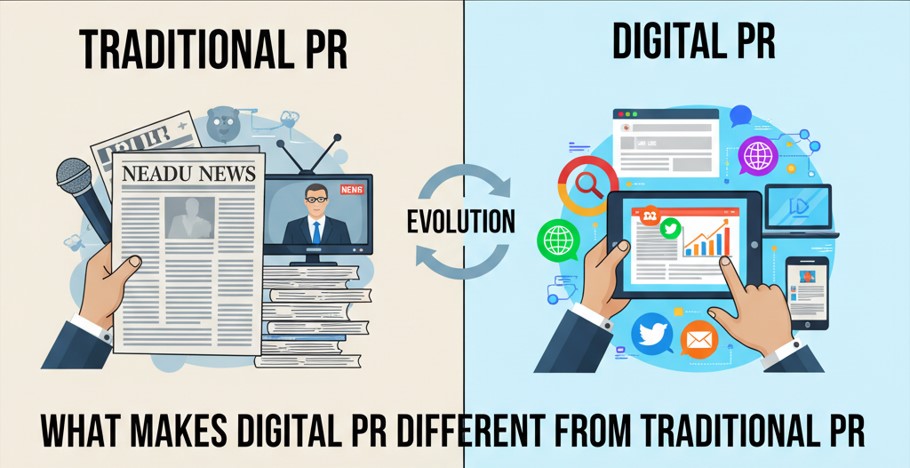
Core Components of Effective Digital PR
Content-Driven Storytelling
Successful digital PR campaigns center around compelling narratives that resonate with target audiences. This might involve original research that generates industry buzz, expert commentary on current events, or behind-the-scenes stories that humanize your brand.
Strategic Link Building
Every digital PR effort should contribute to your website‘s link profile. High-quality backlinks from reputable sources not only boost search engine rankings but also drive qualified referral traffic. The key lies in earning these links naturally through valuable content rather than pursuing them through manipulative tactics.
Influencer and Media Relationships
Building genuine relationships with journalists, bloggers, podcasters, and industry influencers forms the foundation of sustainable digital PR. These relationships enable consistent coverage opportunities and provide authentic third-party validation for your brand messages.
Multi-Channel Distribution
Digital PR campaigns maximize impact by leveraging multiple platforms simultaneously. A single story might appear as a guest blog post, generate social media discussion, inspire podcast interviews, and create opportunities for speaking engagements.
Digital PR Strategies That Drive Results
Newsjacking and Trend Participation
Monitor industry news and trending topics to identify opportunities for timely commentary. When executed skillfully, newsjacking positions your brand as a thought leader while generating immediate media attention. The key is adding genuine value to the conversation rather than simply inserting your brand into popular discussions.
Original Research and Data Studies
Creating proprietary research generates multiple PR opportunities. Survey results, industry reports, and data analyses provide journalists with quotable statistics and fresh angles for their stories. This approach establishes your organization as an authoritative source while creating shareable content assets.
Expert Positioning Campaigns
Position key team members as industry experts through strategic thought leadership initiatives. This involves contributing to industry publications, participating in podcast interviews, speaking at virtual events, and providing expert commentary on relevant topics.
Digital PR Outreach Programs
Develop systematic approaches to media outreach that go beyond mass email blasts. Personalized pitches to relevant journalists, bloggers, and content creators yield significantly higher response rates and better coverage quality.
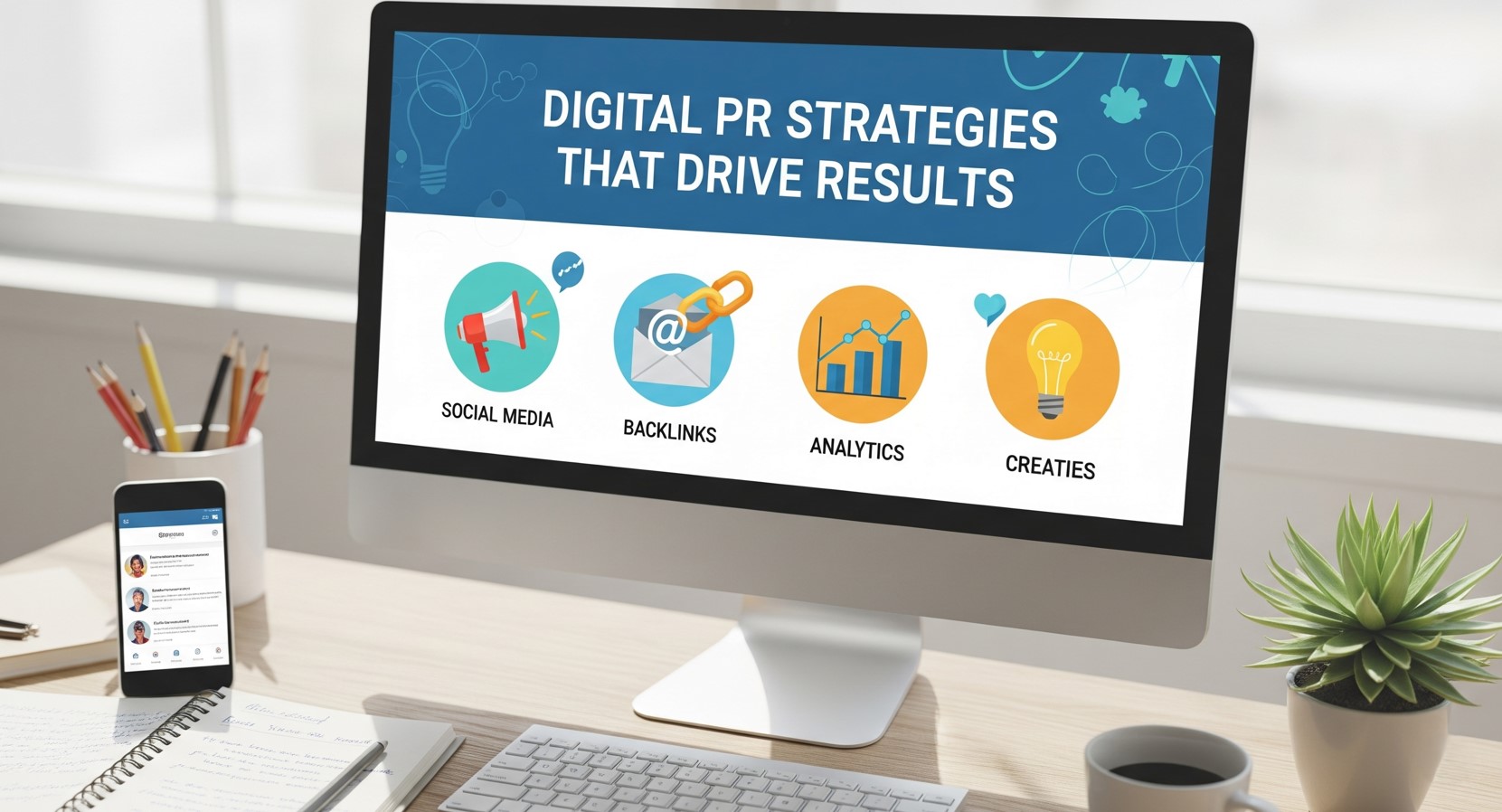
Measuring Digital PR Success
Digital PR measurement extends far beyond traditional vanity metrics like impressions or mentions. Effective measurement focuses on business impact and long-term value creation.
SEO Performance Metrics
Track improvements in keyword rankings, organic search traffic, and domain authority. Quality backlinks from digital PR efforts should correlate with enhanced search visibility and increased organic website visitors.
Referral Traffic Analysis
Monitor traffic sources to identify which digital PR placements drive the most qualified visitors to your website. This data helps refine future outreach strategies and identify the most valuable publication partnerships.
Lead Generation and Conversions
Connect digital PR activities directly to business outcomes by tracking leads and conversions attributed to specific campaigns. This connection demonstrates clear ROI and justifies continued investment in digital PR initiatives.
Brand Mention Quality
Evaluate the sentiment and context of brand mentions generated through digital PR efforts. High-quality mentions from authoritative sources carry more weight than numerous low-value references.
Common Digital PR Mistakes to Avoid
Prioritizing Quantity Over Quality
Many organizations focus on securing numerous low-quality backlinks rather than pursuing fewer high-authority placements. This approach can actually harm search engine performance and provides minimal brand value.
Neglecting Relationship Building
Treating media contacts as transactional rather than relationship-based interactions limits long-term success. Investing time in genuine relationship building creates ongoing opportunities for coverage and collaboration.
Ignoring Brand Alignment
Pursuing coverage opportunities that don’t align with brand values or target audience interests dilutes messaging effectiveness. Every digital PR effort should reinforce core brand positioning and speak to relevant audiences.
Inadequate Follow-Up
Failing to maintain momentum after initial coverage represents missed opportunities. Successful digital PR campaigns build upon initial success through strategic follow-up and amplification efforts.
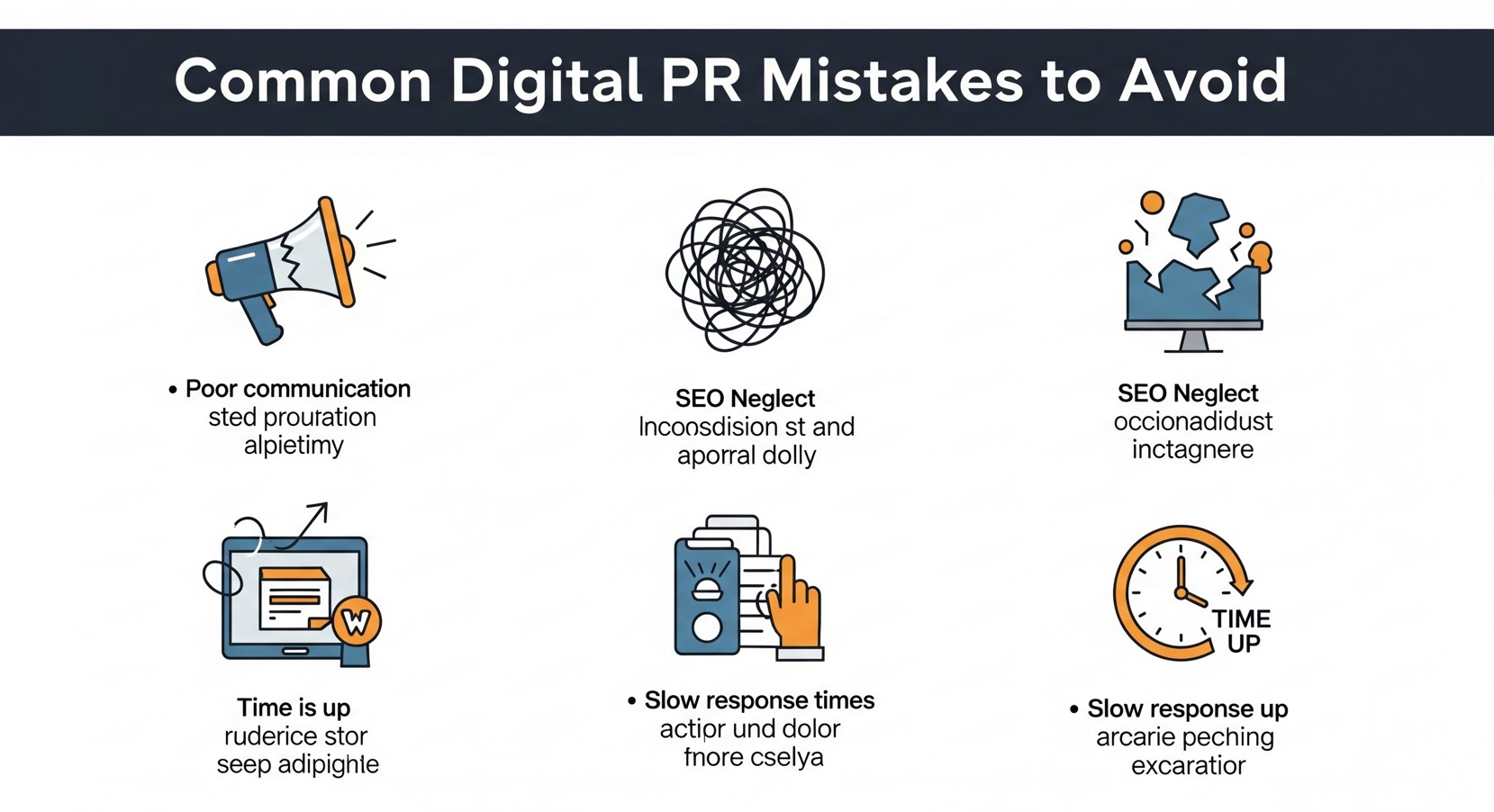
Frequently Asked Questions
How long does it take to see results from digital PR campaigns?
Digital PR can generate immediate results in terms of brand mentions and referral traffic, typically within days or weeks of campaign launch. However, SEO benefits and long-term brand authority building develop over 3-6 months of consistent effort.
What’s the difference between digital PR and link building?
While both activities can generate backlinks, digital PR focuses primarily on brand building and reputation management, with SEO benefits as a secondary outcome. Traditional link building prioritizes search engine optimization over brand considerations.
How much should companies budget for digital PR?
Digital PR budgets vary significantly based on company size, industry, and objectives. Small businesses might allocate $2,000-$5,000 monthly, while enterprise organizations often invest $10,000-$50,000 or more per month in comprehensive digital PR programs.
Can small businesses benefit from digital PR?
Absolutely. Digital PR levels the playing field by allowing smaller companies to compete for attention through compelling stories and expert positioning rather than advertising budgets alone. Local and niche publications often welcome contributions from smaller businesses.
How do you measure digital PR ROI?
Calculate ROI by comparing campaign costs against measurable outcomes like increased website traffic, lead generation, improved search rankings, and ultimately, revenue attribution. Many companies see ROI ratios of 3:1 to 10:1 from well-executed digital PR campaigns.
Building Your Digital PR Foundation
Digital PR represents more than just an evolution of traditional public relations—it’s a fundamental reimagining of how brands build authority and drive business growth online. The integration of relationship building, content creation, and strategic distribution creates opportunities that neither traditional PR nor conventional digital marketing can achieve independently.
Success in digital PR requires patience, consistency, and a commitment to providing genuine value to your audiences and media contacts. Start by identifying your unique stories and expertise, then systematically build relationships with relevant media contacts and industry influencers.
The brands that embrace digital PR as a core marketing strategy will find themselves better positioned to build lasting authority, drive qualified traffic, and create sustainable competitive advantages in an increasingly crowded digital landscape.




